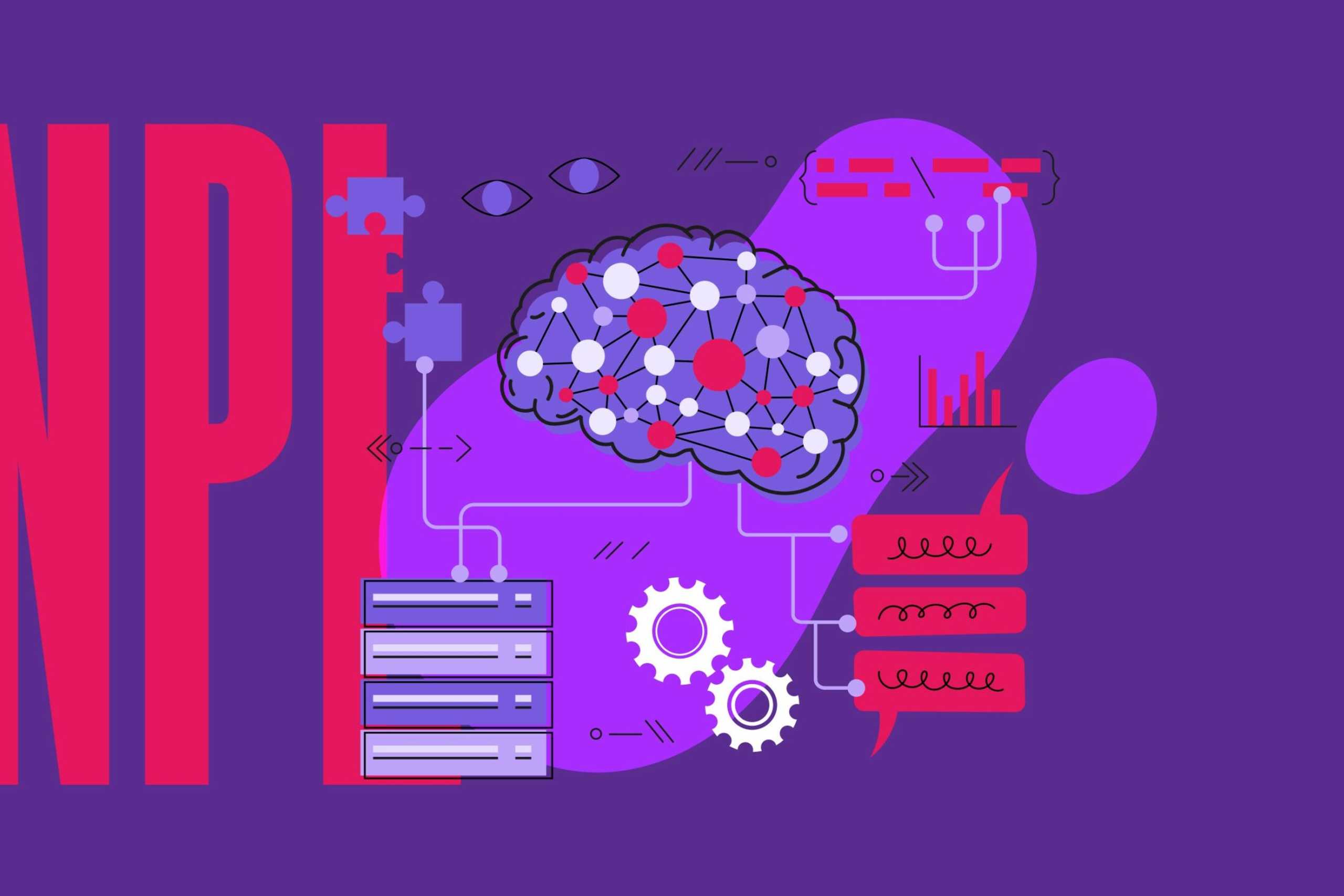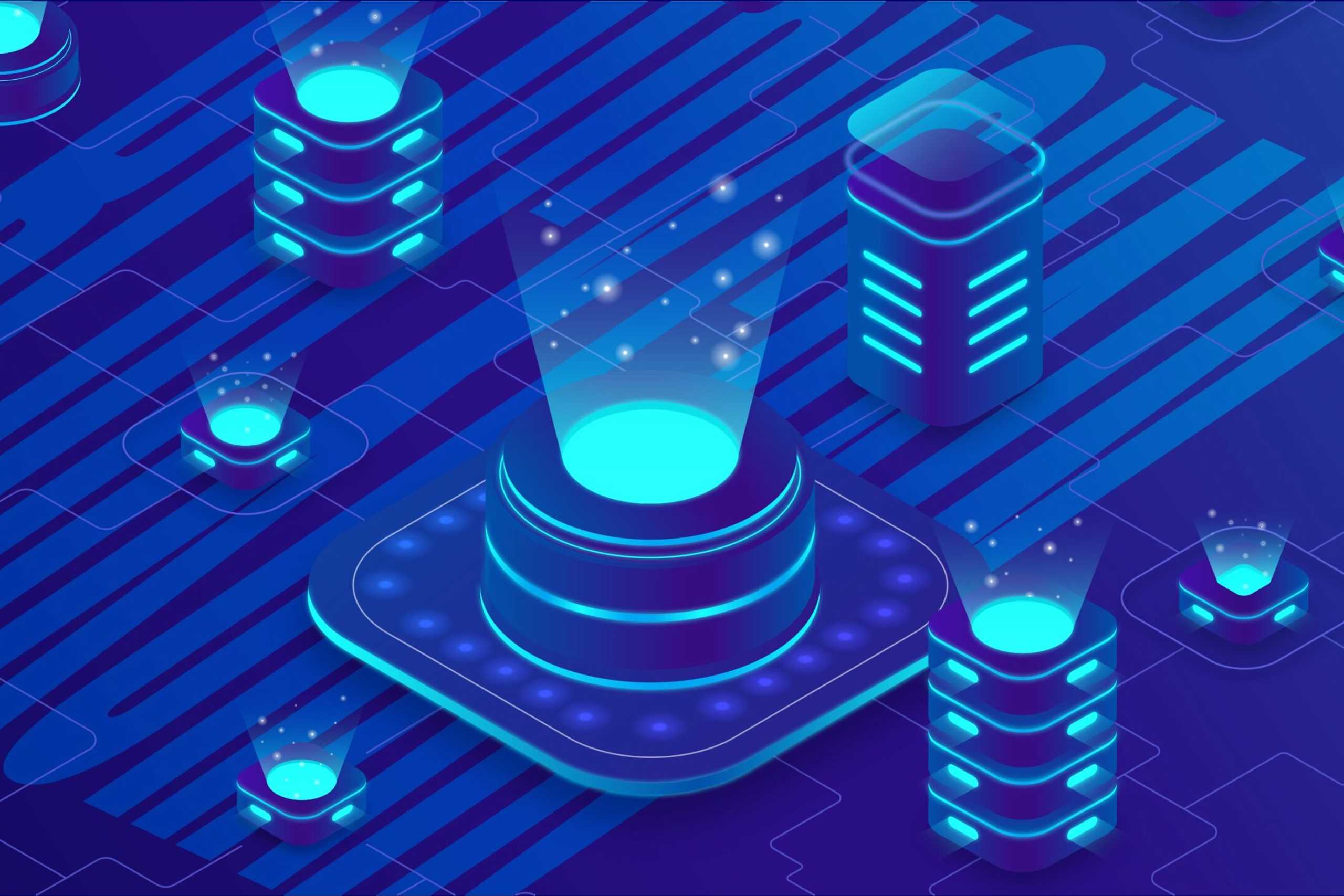
January 27, 2022
I once had the opportunity to work for a large digital company that was preparing to modernise its infrastructure by choosing a new cloud platform vendor. A small team of six developers was tasked with organising a proof-of-concept (POC) to demonstrate the feasibility of this endeavour. After six weeks of intensive work, some developers began expressing their dissatisfaction with the new platform’s cumbersome interface. Suddenly, a multimillion-dollar commitment hung in the balance, relying on the opinions of a few hands-on experts.
Over a span of three years, ending in Q1 2021, we conducted six surveys to track developers’ engagement with and adoption of various technologies. To assess engagement and adoption, we asked developers if they were working on, learning about, interested in, or uninterested in different emerging technologies. We continuously updated the list as new innovations emerged. Adoption was measured by the proportion of engaged developers actively working on a technology. To provide context, each technology was categorized based on whether its engagement and adoption rates were above or below the median, resulting in four quadrants:
1. High engagement/High adoption: These technologies captivate the imagination of numerous developers and have demonstrated commercial success.
2. High engagement/Low adoption: These technologies generate significant interest among developers but have yet to make a substantial commercial impact.
3. Low engagement/Low adoption: These fringe technologies do not attract much interest from developers, and their commercial value is yet to be proven.
4. Low engagement/High adoption: These technologies might not appeal to many developers, but for those interested, commercial adoption is high.
In our analysis, after excluding DevOps from our emerging technology tracker, robotics, mini apps (apps embedded within another app), and computer vision emerged as the most engaging technologies for developers. Approximately half of the developers expressed that they were working on, learning about, or interested in each of these technologies. While professional developers showed the highest adoption rate for mini apps, robotics piqued the interest of hobbyists and students. However, of the developers engaged with mini apps, nearly a quarter were actively working on the technology, whereas for computer vision, this figure dropped to 15%, and for robotics, it was only 10%. Despite similar levels of engagement, mini apps’ practical applications were widely recognized by developers, as adoption increased by four percentage points over the past year, representing one of the largest increases observed.
64% of developer team leads are influencing decision makers or making recommendations
Cryptocurrencies garnered the highest engagement among developers, with almost three in ten engaged developers expressing interest in learning about them. Other blockchain applications closely followed at 26%. However, the academic interest in these technologies has yet to directly translate into adoption, as only 14% and 12% of engaged developers are actively working on projects involving cryptocurrencies and other blockchain applications, respectively.
More than 40% of these developers are professionally involved in web apps/Software as a Service (SaaS), and a third are engaged in mobile development. Nevertheless, adoption increased for both cryptocurrencies (by 5 percentage points) and other blockchain applications (by 4 percentage points) in the past year, indicating ongoing exploration of practical applications. As demonstrated by companies like Maersk incorporating blockchain technology into their logistics management systems in recent years, broader adoption is inevitable.
Quantum computing and self-driving cars continue to have limited adoption rates but capture the imagination of some developers, with over two in five engaged with these technologies. However, fewer than one in ten of these engaged developers are actively working on each of these technologies. Although engagement decreased over the past year, adoption increased for both quantum computing (by 4 percentage points) and self-driving cars (by 2 percentage points). A similar pattern emerged with brain/body computer interfaces, anew technology added in the most recent survey, where many developers expressed engagement, but due to its cutting-edge nature, very few are actively working on it.
Recently, we added hearables, DNA computing/storage, and haptic feedback to our list of emerging technologies. Engagement with these technologies remains low, similar to fog/edge computing, with a quarter to a third of developers showing interest. Among the engaged developers, approximately one in ten are actively working on these nascent technologies, while two in ten are learning about them.
For each of the discussed emerging technologies, there are various barriers preventing widespread adoption. Technological hurdles are prominent, as advances required for mainstream implementation of quantum or DNA computing are still several years away. Additionally, social, cultural, and even legislative barriers can impede progress. While developers play a crucial role, they are only one piece of the puzzle.
Contact us
Swan Buildings (1st floor)20 Swan StreetManchester, M4 5JW+441612400603community@developernation.net



